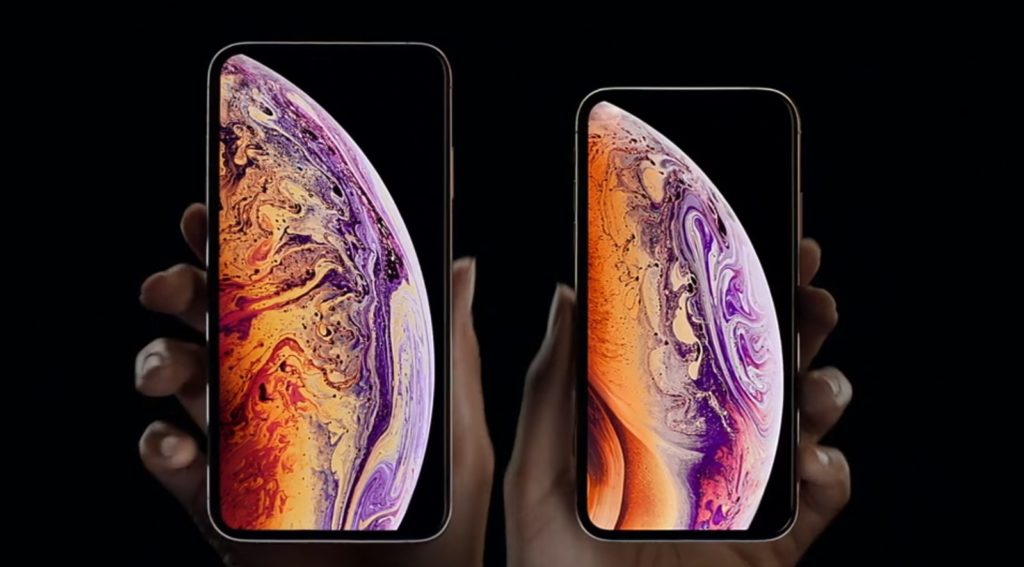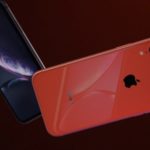LG’s 100-Inch QNED evo AI TV Redefines Big-Screen Viewing in South Africa In a bold leap forward for home entertainment, LG Electronics South Africa…
This is the iPhone XS and iPhone XS Max, coming to SA on 28 September

It’s “the most advanced iPhone we have ever created” said Time Cook about the iPhone XS. But I mean, were we expecting anything less?
At the Gather Round event on Wednesday, the company launched the iPhone XS (pronounced “ten-ess”), made of stainless steel with touches of gold, silver and space grey.
The screen, featuring a notch, is covered in the “most durable glass ever on a smartphone”. That also comes with IP68 dust and water resistance (it includes, beer, tea, and wine, Phil Schiller remarked).
5.8 inches is the size, with 2436×1125 resolution, confirming prior leaks. And yes, it uses OLED technology like the Samsung Galaxy S9 and Huawei P20 Pro. Apple claims that said display has 60% wider dynamic range than the previous panel.
If that screen’s a bit too small for you, Apple also confirmed the iPhone XS Max. The phone’s body itself is the same size as the company’s former iPhone 6 Plus, but boasts a 2688×1242 OLED panel.
Dolby Vision and HDR 10 are supported, while 120Hz is the refresh rate.
To match the screens, the company has also loaded the device with stereo speakers — a trend that’s fast becoming the norm for smartphone flagships.
Internally, Apple is employing a new version of its A series chipsets. The A12 Bionic, as it’s called, is the “industry’s first 7nm chip”.
Apple keeps the two-big four-little six-core design, with a Neural Engine and a quad-core GPU. That’s one more core than the A11 Bionic’s, marking a 50% increase in graphics performance, Apple notes.
As for the Neural Engine, Apple’s using eight-cores to power machine learning and smart computing on the fly. It decides which larger chip to process data, making it the middle man in the system, and powers data-heavy processing like the iPhone’s portrait mode.
Speaking of the camera, there’s a 12MP wide camera, a 12MP f/1.8 telephoto snapper and a new flash. The cameras have new, larger sensors though, with dual OIS. Up front there’s also a 7MP snapper, with a depth sensor.
As for the battery life, the iPhone XS adds 30 minutes onto the iPhone X’s battery. The Max increases that number by 60. Apple didn’t reveal the actual capacity of its batteries.
But the big kicker: iPhones will now feature an actual SIM and an eSIM. That’s huge for travellers and a massive headache for South African networks. There is a version heading to China with a single SIM slot that supports two cards, top and bottom. Let’s hope that makes its way to South Africa too.
Pricing
The iPhone XS will be available in three storage configurations: 64GB, 256GB or 512GB, and will start at US$999.
The iPhone XS Max has the same storage config layout, but starts at US$1099.
Both phones will be available in the US by 21 September, but both phones will be arrive in South Africa from 28 September.
Feature image: Apple


